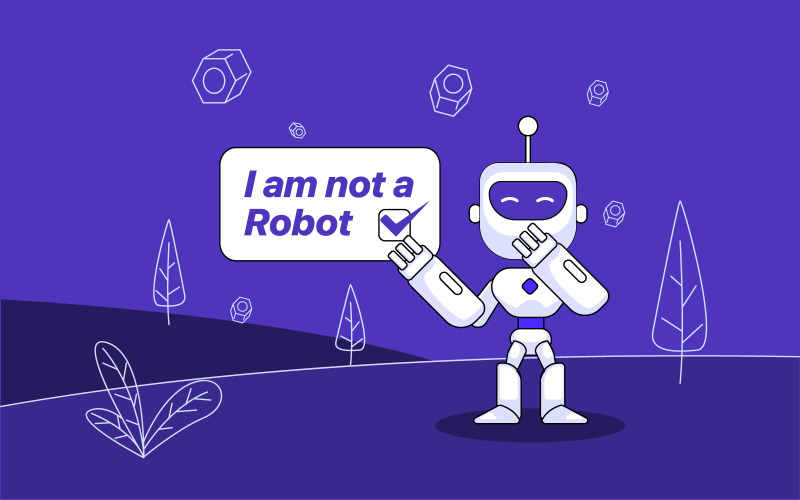

Vector arithmetic is fundamental to many aspects of computer programming such as graphics, physics and animation, and it is useful to understand it in depth to get the most out of Unity. In games and apps, vectors are often used to describe some of the fundamental properties such as the position of a character, the speed something is moving, or the distance between two objects. The meanings of the fields can be found in RFC6455.Vectors are a fundamental mathematical concept which allow you to describe a direction and magnitude. The following picture shows a structure of a websocket data frame. Each message consists of a number of frames. The data exchange between a websocket client and server is done by means of messages. Coming back to our chat application, below is a state diagram of the chat session. Once the HTTP response is sent to the client, the handshake phase considered as complete and we can start data exchange. Std::string accept(to_base64(to_sha1(buffer))) Void request_handler::handle_request( const request& req, reply& rep)įor ( std::vector ::const_iterator h = ()
#Html vector code code#
The following code illustrates the handshake procedure.

State.innerHTML = " Communication error" Message = message.slice( " connected:".length) Log.innerHTML = ' ' + message + " " + log.innerHTML Įlse if (message.startsWith( " connected:")) Message = message.slice( " log:".length) a message with a number of connected chat participants. There are two types of messages: // 1. State.innerHTML = " Connected to server" To connect to a server we need to call the websocket constructor with the following string as a parameter: The client is implemented as a web page, which creates a websocket object and subscribes to its events: open, close, error and message.
The client’s code is based on a simple chat client example from credits to Remy Sharp. The server-side socket support is implemented using the boost.asio library, the server’s code pretends to be a cross-platform one. At the moment the most complete support of RFC6455 is implemented by Mozila Firefox (15.0), Google Chrome (.89) and Internet Explorer 10 (.0) web browsers, they were used to test the application.

This task will be accomplished by using a new HTML5 feature called WebSocket, which is described in RFC6455. The client/server application implies sending data between participants. The client is implemented using HTML5, the server is implemented in C++. In this article I would like to show a basic implementation of HTML5 client/server application.


 0 kommentar(er)
0 kommentar(er)
